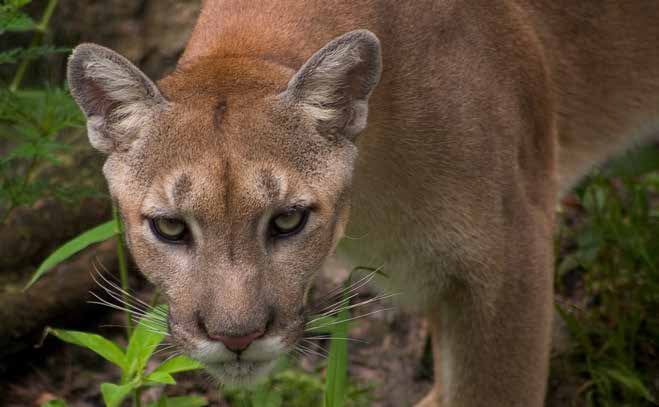How does the depiction of wildlife news by media affect what people perceive
With the increasing human population worldwide encroaching upon forest lands, there is a good chance that the morning paper has an article or an image of a trapped ‘man-eater’ leopard or crop-damaging elephants. These incidents graduate to a two minute news update on the local news channel only if they are extremely serious and unfortunately fatal. There are more than 100 endangered panthers in south western Florida, where they are known to kill livestock and there is public concern.
Susan Jacobson and colleagues from the University of Florida sifted through newspaper articles, editorials and letters in papers with local and state-wide circulation. Not surprisingly, local papers published significantly more on panthers than state-wide papers, although the latter had twice the number of graphic photographs than the local papers. While local news was more episodic, focusing on attacks on people and livestock, statewide articles reported more on panther biology.
Despite these differences, people in and outside of core panther habitat perceived low risk from panthers. This could be because the chances of seeing a panther are in fact very low. Many local news articles mentioned panthers in a land development and urban growth context, thus providing insights into carnivore management strategies and policy planning. It looks like the paparazzi might have positive effects on the recovery of Florida panther populations.
Further reading:
Jacobson SK, Langin C, Carlton JS, & LL Kaid. (2012). Content analysis of newspaper coverage of the Florida panther. Conservation Biology, 26: 171–179. doi: 10.1111/j.1523-1739.2011.01750.x






